News
News
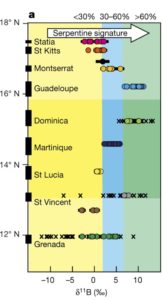 | 24 June 2020. Water and volcanism New paper in Nature! We use boron isotopes and geophysics to show that the structure and hydration of the Atlantic plate is directly linked to volcanic and earthquake activity in the Lesser Antilles. Read more on the Bristol and Imperial news pages. |
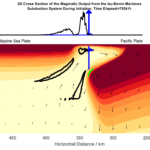 | 20 April 2020. Starting subduction: Rocks that were drilled out of the ocean floor a few 100 km south of Japan suggest that the Pacific plate started to sink beneath the Philippine Sea plate in a rapid, even “catastrophic”, event roughly 50 million years ago. In a paper led by Ben Maunder published in Nature Communications, state-of the-art models are used to show how this “subduction initiation” event may have worked. Read more on the Imperial news page |
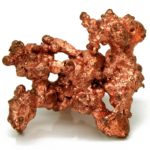 | Feb 2020: Learn more about how volcanoes are involved in producing concentrations of valuable metals and the research done in the From Magmas to Ores (FAMOS) consortium of VoiLA team members Prof. Jamie Wilkinson at the Natural History Museum and Prof. Jon Blundy at Bristol University. The magazine Futurum wrote a recent article and activity sheet for anyone interested in geochemistry, mineral resources and a possible career in these fields. |
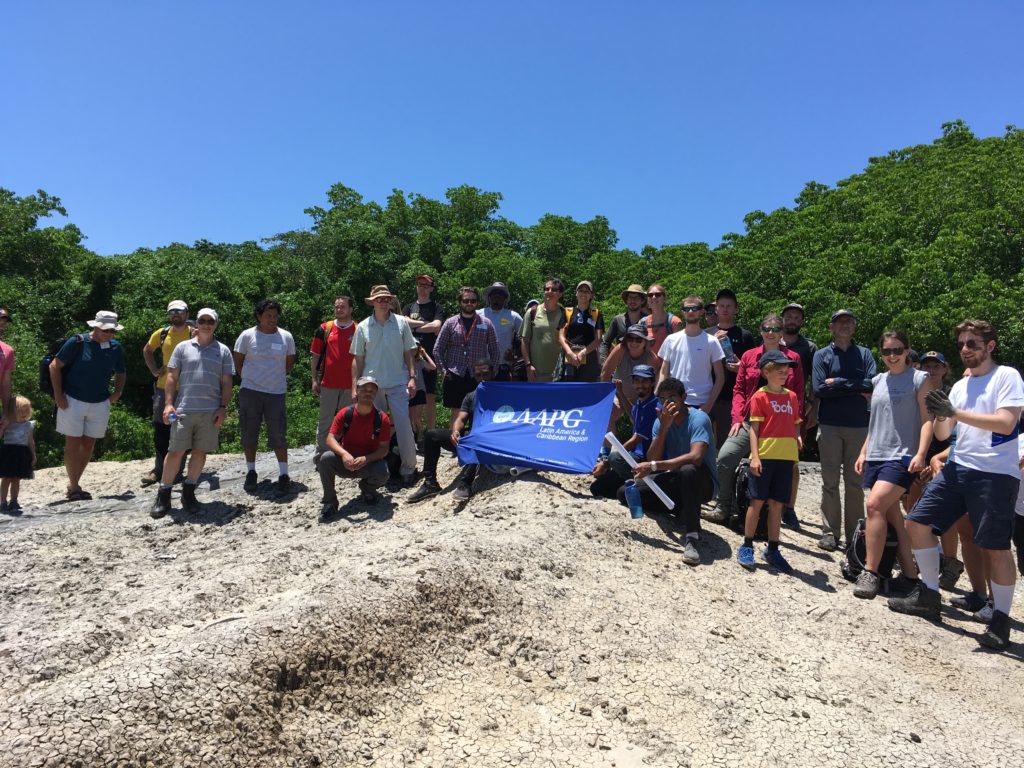 | We held a very successful workshop bringing together Caribbean, VoiLA and other international colleagues 23-27 September 2019 in Trinidad and Tobago. See more on the September 2019 workshop page. |
 | 4 April 2019. As discussed in a recent paper in Science Advances , we found small earthquakes that appear to track fluid pathways from the slab into the mantle wedge below Greece. Read more in this news item. Or visit our collaborators at their SWAMMIS project page. |
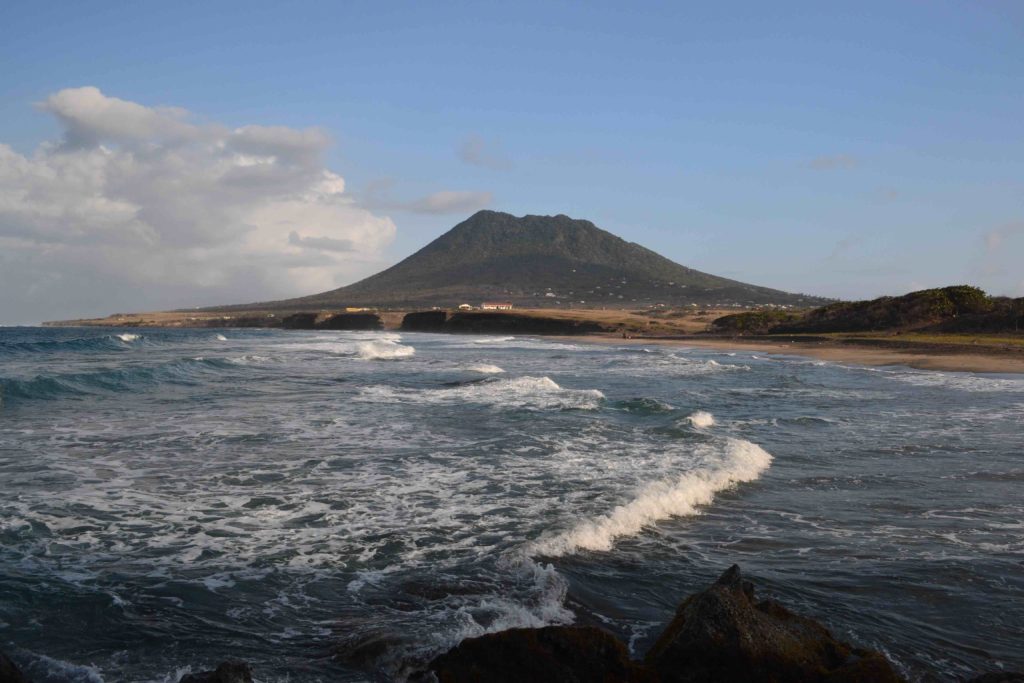 | 14 March 2019. Read our Project Update in EoS Transactions of the American Geophysical Union |
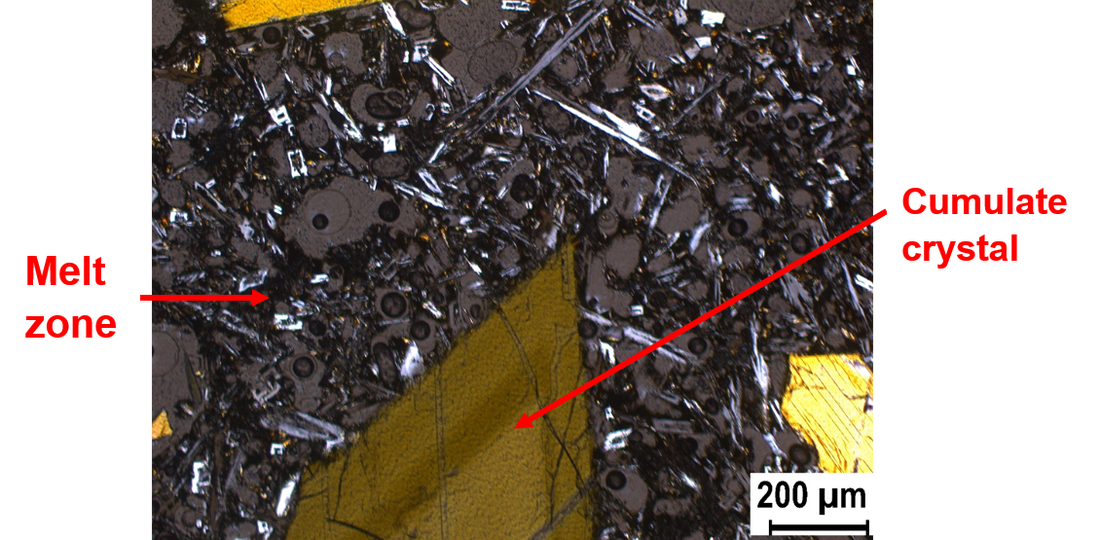 | March 2019. Project members Josh Brown and George Cooper are currently conducting fieldwork on the islands of St. Lucia and St. Vincent, collecting lava samples which will be used to tell us more about the magma plumbing system beneath the Antilles. Follow their progress on Josh’s blog here! |
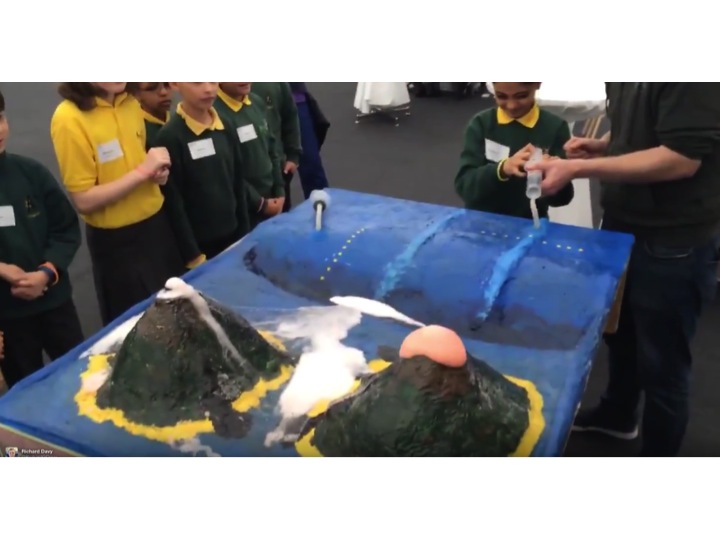 | 27-29 April 2018. Erupting volcanoes at the Imperial Festival The VoiLA team explains to kids how subduction and water can trigger explosive volcanism, with a rock game and an erupting model at the schools day of the Imperial Festival. Demonstrations will run all weekend. Follow our twitter. The whole festival program can be found on the Imperial site. |
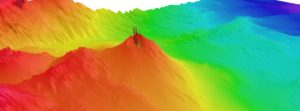 | March 2018. Imaging an underwater volcano During one of our cruises, we had the rare opportunity to image the underwater volcano Kick’em Jenny, situated close to the island of Grenada, shortly after it had erupted. By combining our cruise data with previous seafloor surveys, Rob Allen, Cameron Berry and coauthors could reconstruct how eruptions have changed the shape of the volcano through several eruptive cycles over the past 30 years. The paper has just come out, and there is a highlight and Youtube animation |
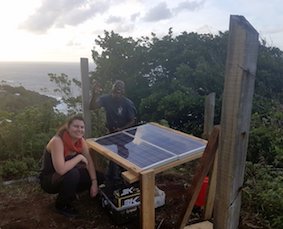 | June 2017. Onshore seismometer servicing. Dr. Stephen Hicks from the University of Southampton is carrying out fieldwork on St Vincent and the Grenadines, Saint Lucia and Grenada. Working with Lloyd Lynch from the Seismic Research Centre, he will be servicing stations and downloading data from VOiLA’s temporary deployment of eight broadband seismometers, which were installed in January 2017. These instruments will have valuable recordings of active-source shots from JC149, as well as detections of local and global earthquakes. Follow Stephen’s Twitter profile for updates. |
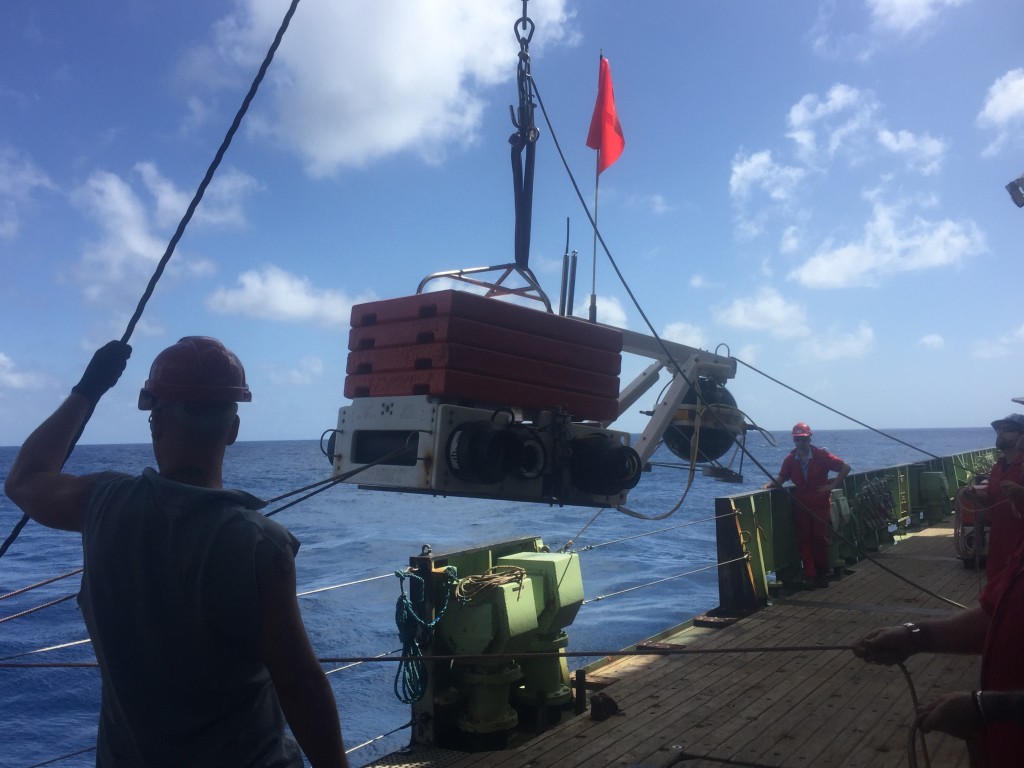 | April-July 2017. Leg 1 of the second sea expedition JC149 is setting sail from Nassau in the Bahamas to begin seismic active-source profiling along the Lesser Antilles arc. Updates on twitter and on the blog. To track the current location of the James Cook in real-time, visit this page. Read what the Guardian reported on our expedition. |
 | April 2017. Geochemistry fieldwork. We will visit the islands of St. Martin and Anguilla to sample what we can from the old volcanic arc to to compare old volcanism with the current active arc. We will then go on to St. Kitts & Nevis, where we hope to sample both the volcanic lavas and plutonic xenoliths. On Guadeloupe, we will target the most mafic scoria from cones around La Soufriere. Guadeloupe lies close to an intersecting fracture zone, allowing us to test if we can see a distinctive geochemical signature in the volcanic products. We will measure the H2O & CO2 content, trace elements, as well as the boron & lithium isotopes to give us estimates for the volatile flux from depth. |
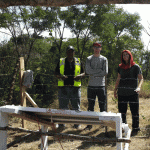 | January 2017. We deployed several temporary land stations along the southern arc from St Lucia to Grenada. Updates on twitter and on the local news in St Vincent. |
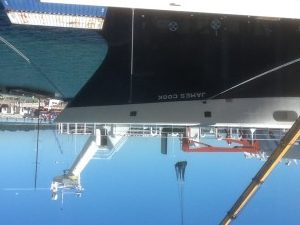 | March 2016. The first sea expedition JC133 to install seismometers on the sea floor sailed. More information can be found here and check our twitter, and blog. |